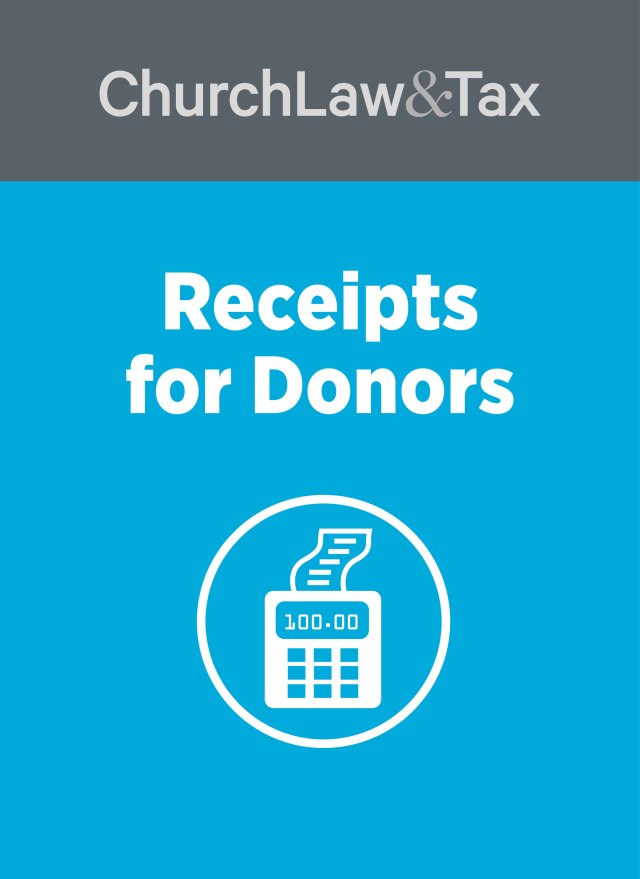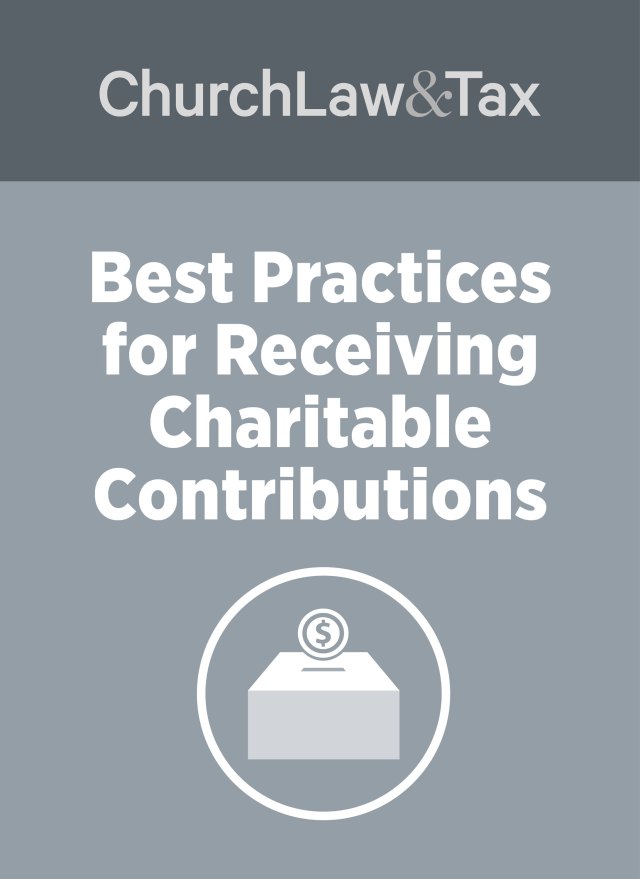Congress enacted the Indian Ocean Tsunami Relief Act in January of 2005. The Act permits taxpayers who made donations in January 2005 to nonprofit organizations (including churches) aiding the victims of the Indian Ocean tsunami to claim those donations as deductions on their 2004 tax returns. Under prior law, any charitable contributions made in 2005 would have been deductible (for taxpayers who itemize) on their 2005 tax return, which could not be filed until after the close of the 2005 tax year. The new law allows taxpayers to claim those deductions and receive the benefit when they file their 2004 tax return.
Example. The value of the acceleration can be illustrated using a donation of $1,000 made in January 2005. Assuming a marginal tax rate of 35%, the tax deduction for that gift is $350 if claimed on the 2004 tax return. If that same donor waits and claims the contribution on the 2005 return, assuming an interest rate of 5%, the present value of that future tax deduction is $333. The tax savings from the accelerated deduction is modest (in this example the $17 savings is less than 2% of the value of the contribution).
Here are some of the details of the recent legislation:
- In order to qualify, charitable contributions must be made in cash and cannot be in the form of property, capital assets, or in-kind contributions. Contributions made by credit card, check, or money order are generally considered as cash.
- Taxpayers may choose whether to treat a contribution made in January 2005 as made on December 31, 2004, or as made in January of 2005. However, the deduction may be claimed only with respect to one taxable year. Taxpayers taking advantage of the Act are advised to make a notation to that effect on their 2004 tax return.
- The Act does not change any other rules with respect to charitable contributions. For example, the contribution must be a charitable contribution as defined in the tax code. So, for example, contributions must be made to an eligible organization, which generally does not include foreign organizations.
- Contributions must be made for the Indian Ocean tsumami-related disaster relief. The taxpayer must substantiate that the contribution is made for such purpose.
Example. A receipt from a church acknowledging that a contribution is intended to be used for tsumami-related purposes generally would be sufficient. Other forms of substantiation could include a taxpayer making a notation on his or her check of the intended use of the contribution. However, such a notation generally would not establish that the contribution was made for tsunami relief if the charity was not involved in assisting victims of the disaster.
• Taxpayers are not permitted under the Act to allocate a portion of a contribution to more than one taxable year. But, a taxpayer who makes multiple contributions may treat each contribution separately.
Example. A taxpayer making three separate gifts of $1,000 each may treat two gifts as made on December 31, 2004, and one gift as made on the actual date of gift (in January 2005).
• With the December 26th earthquake and tsunami occurring at the very close of 2004, and the statute enacted in January of 2005, many taxpayers are unaware of the new provision. The IRS forms and publications for the tax filing year 2004 have already been printed and distributed, so taxpayers will not learn of the availability of the accelerated deduction from those documents. As a result, churches may wish to insert a short notice in the weekly bulletin or newsletter, such as the following:
“Under a recent law passed by Congress, persons who made cash contributions to a church or charity in January of 2005 for the relief of victims of the December 26, 2004, Indian Ocean tsunami, may claim a charitable contribution deduction on either their 2004 or 2005 federal tax return (if they otherwise qualify). Donors who desire a 2004 deduction are advised to make a notation to that effect on their 2004 tax return. A contribution cannot be divided between both years, but multiple contributions can be designated for different years.”
Key point. Donors who decide to claim a deduction on their 2004 tax return must remember to exclude it from their 2005 tax return. Failure to do so would result in the double-counting of a charitable contribution.
This article first appeared in Church Treasurer Alert, March 2005.




